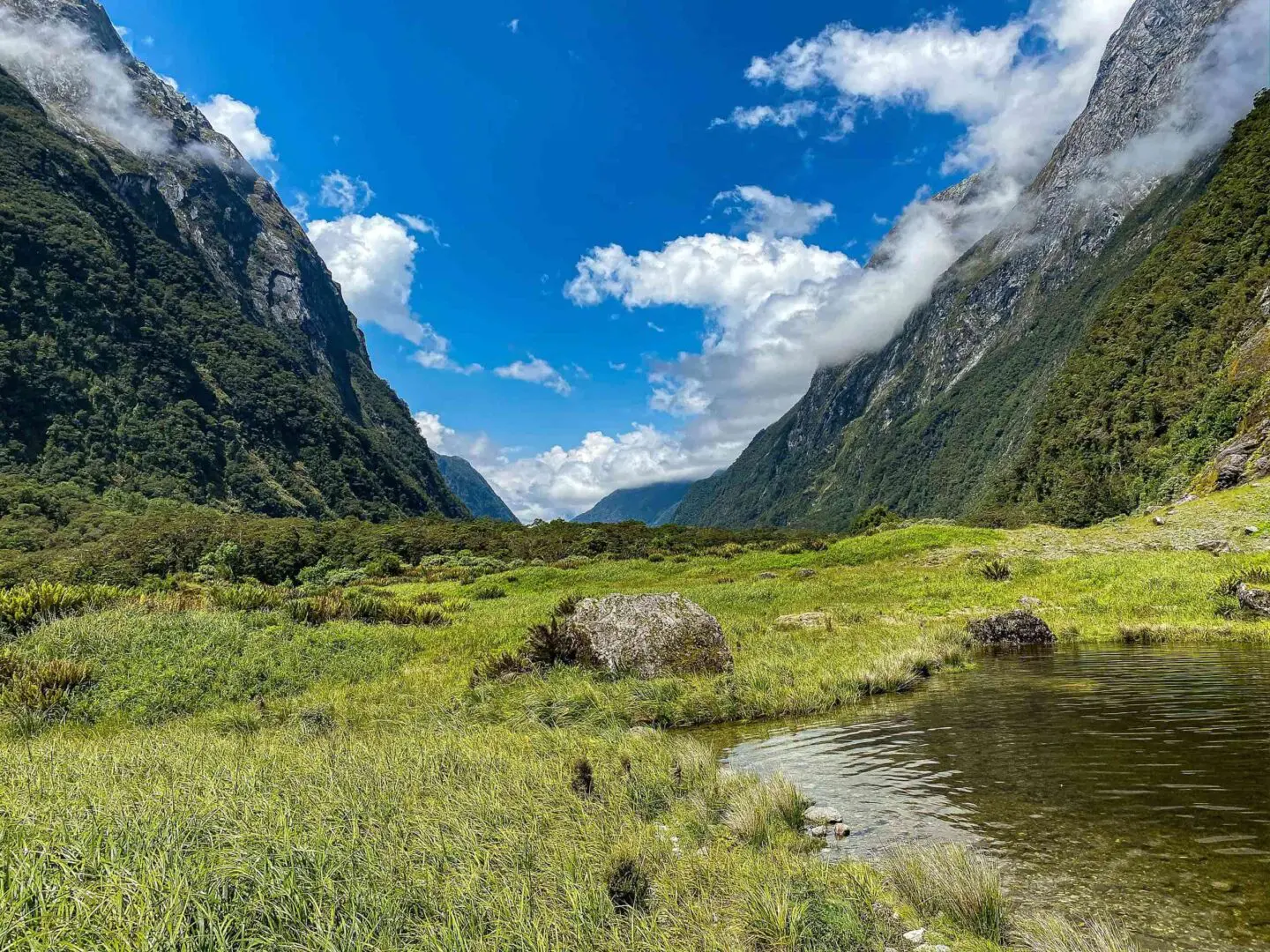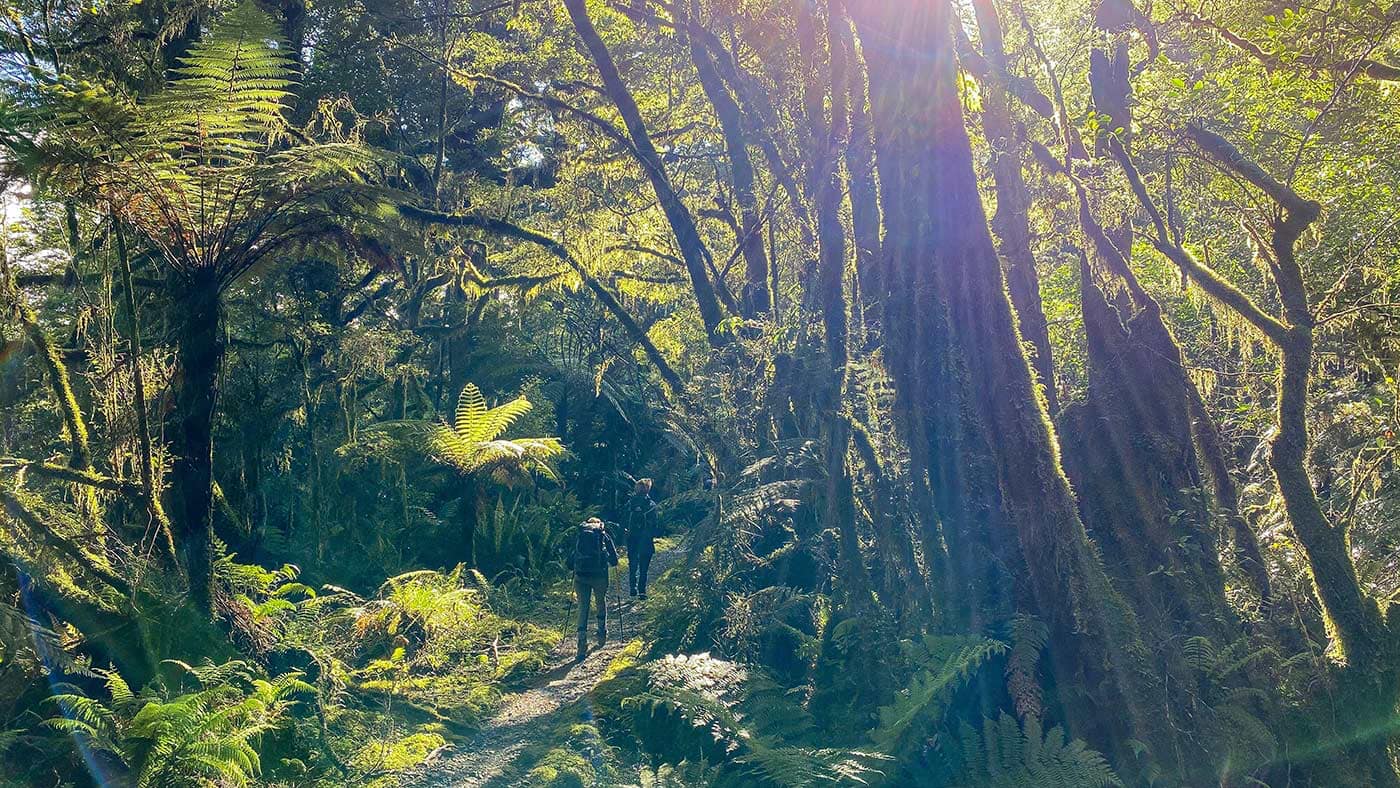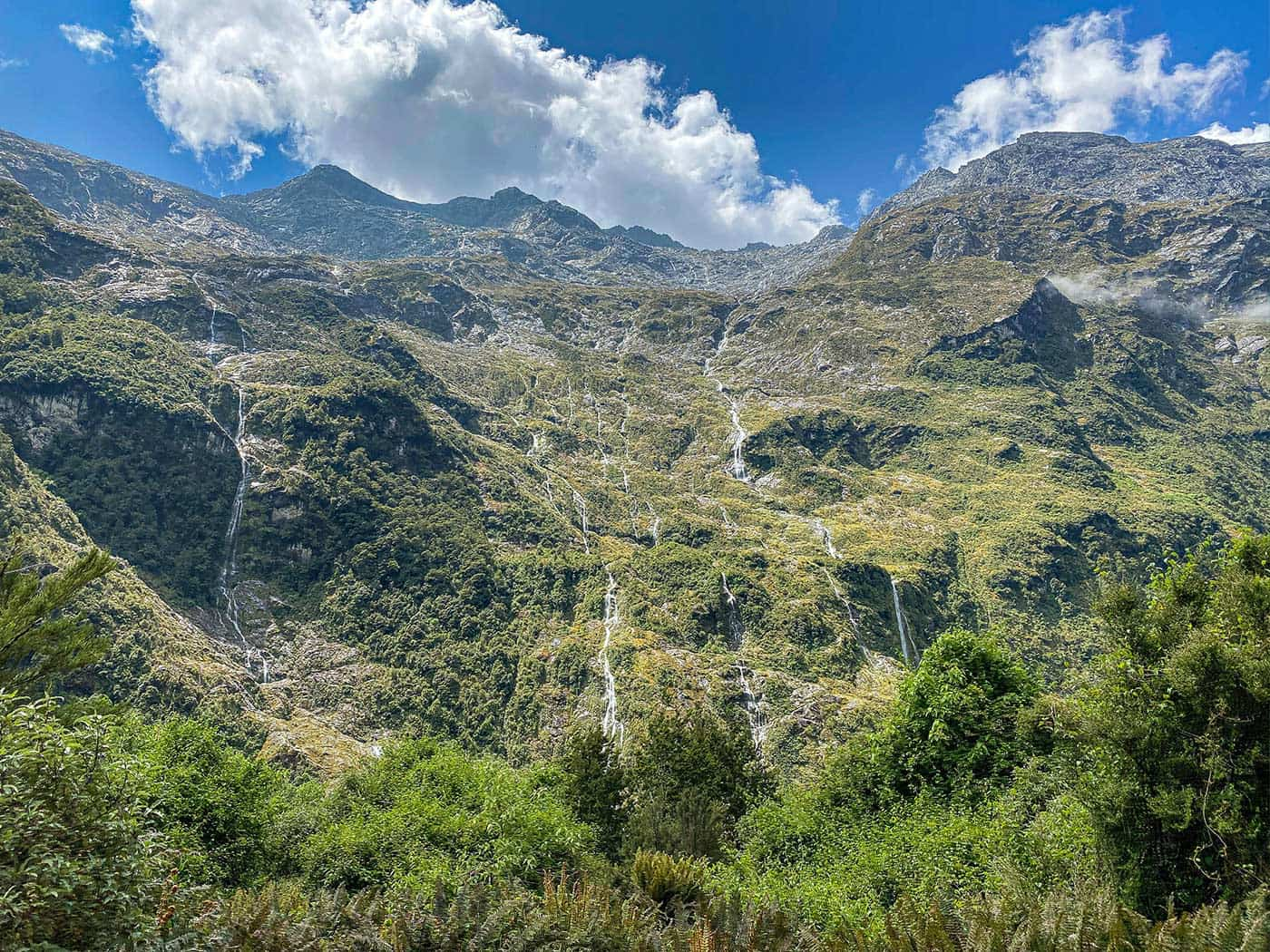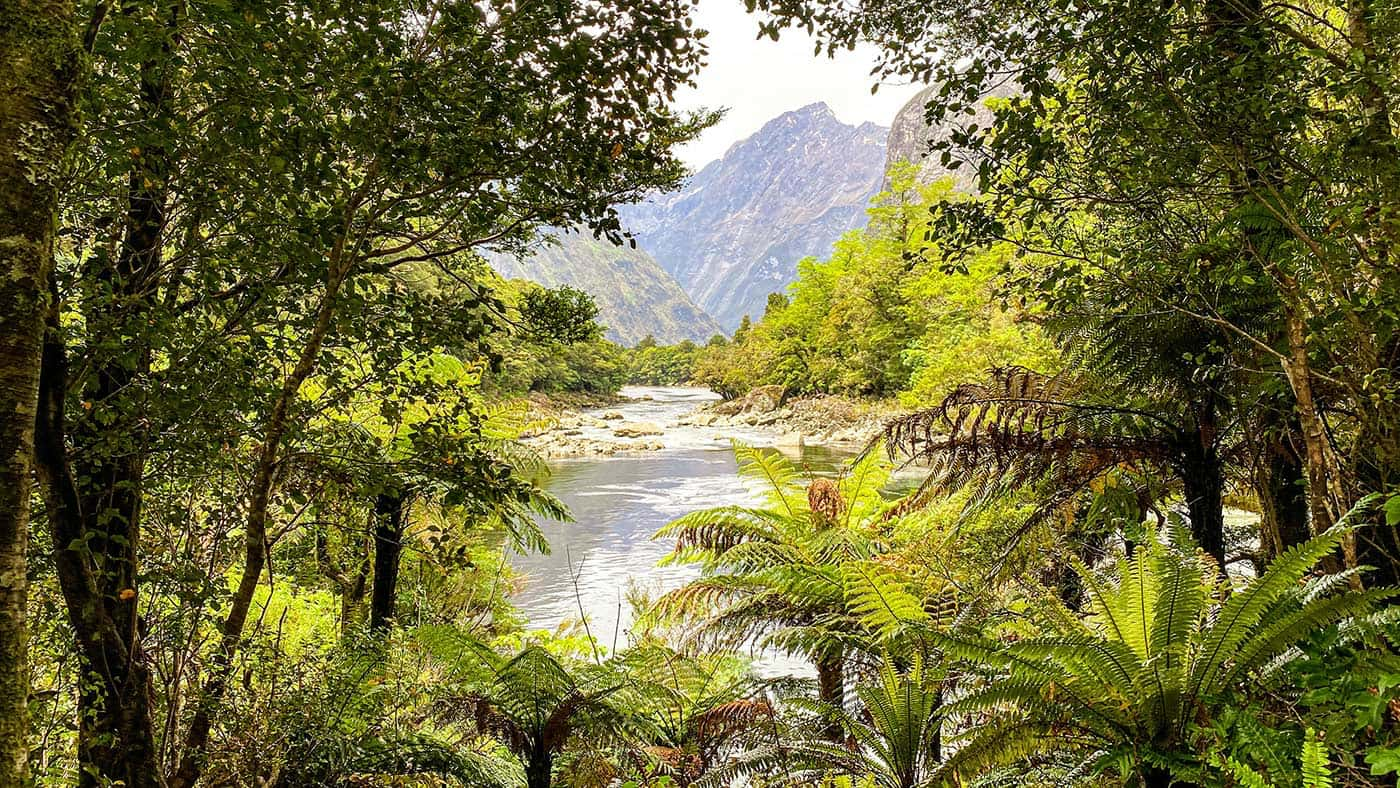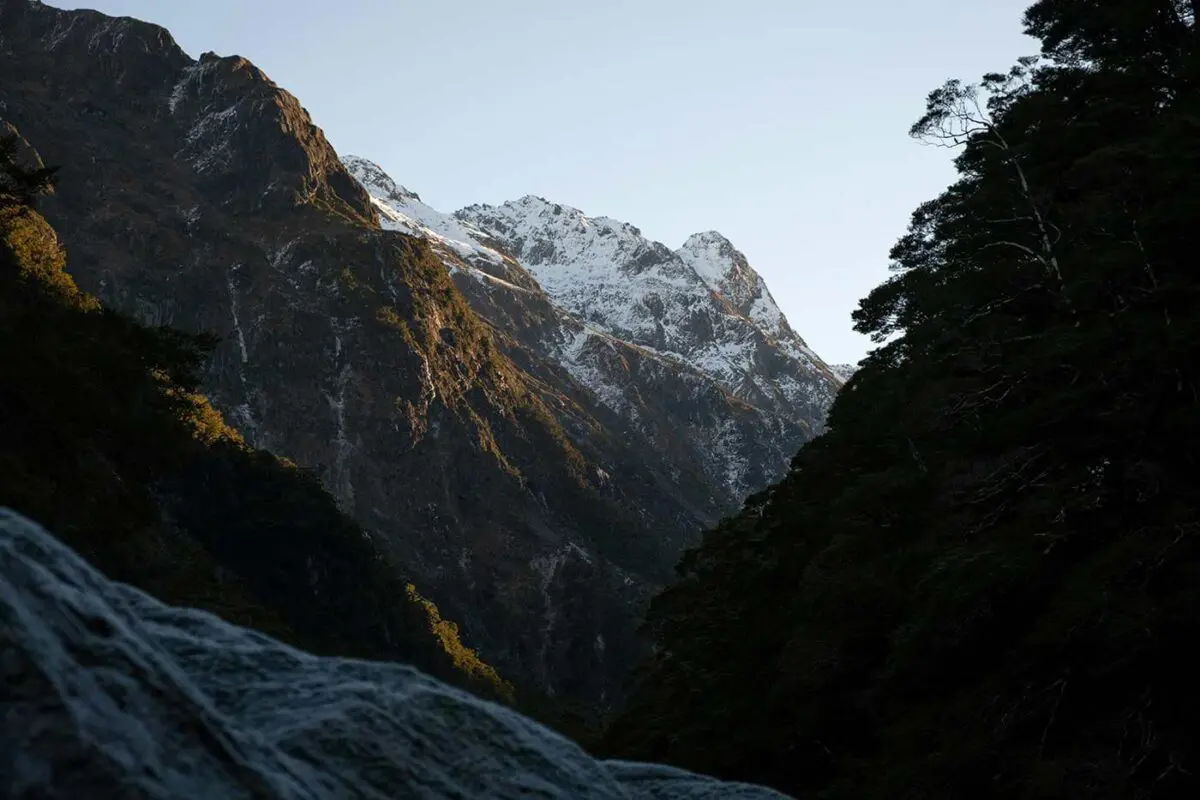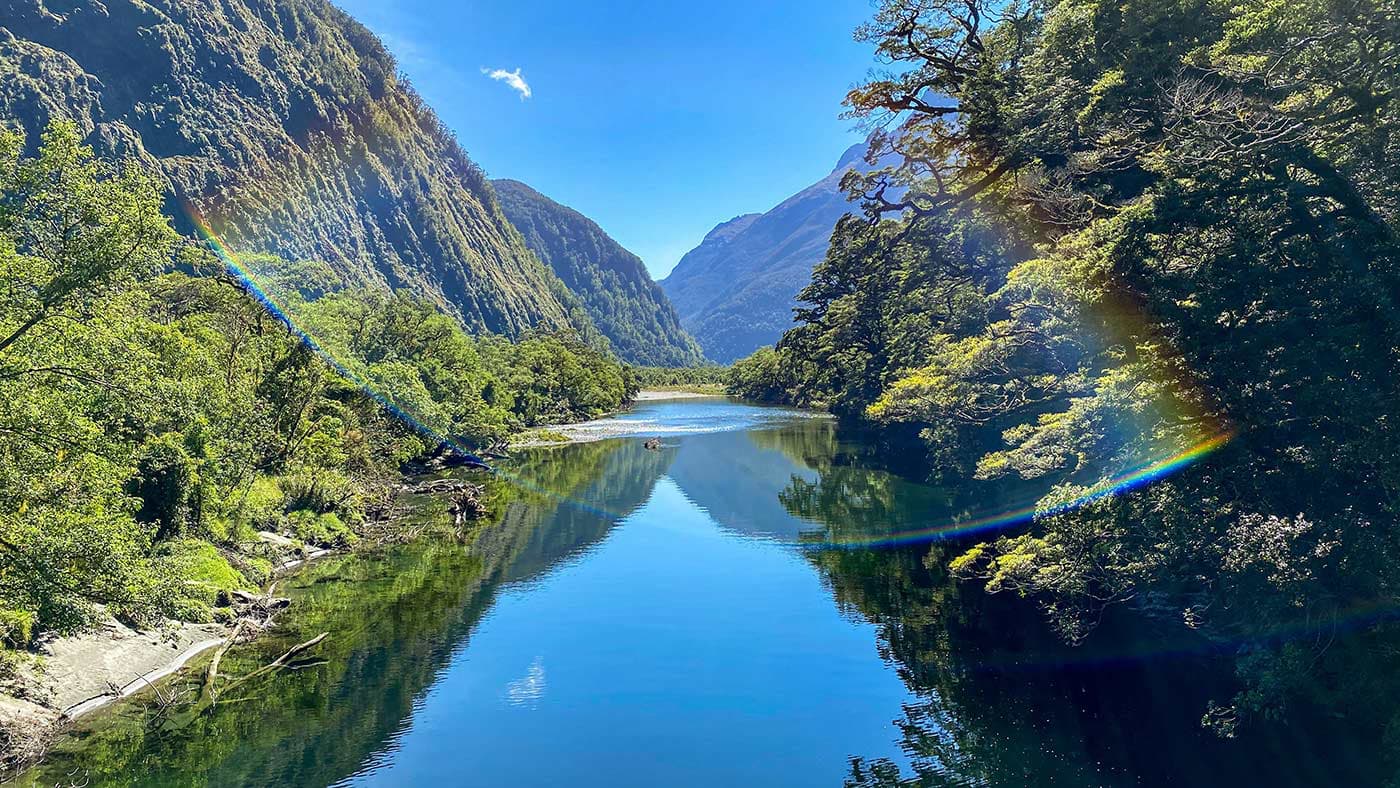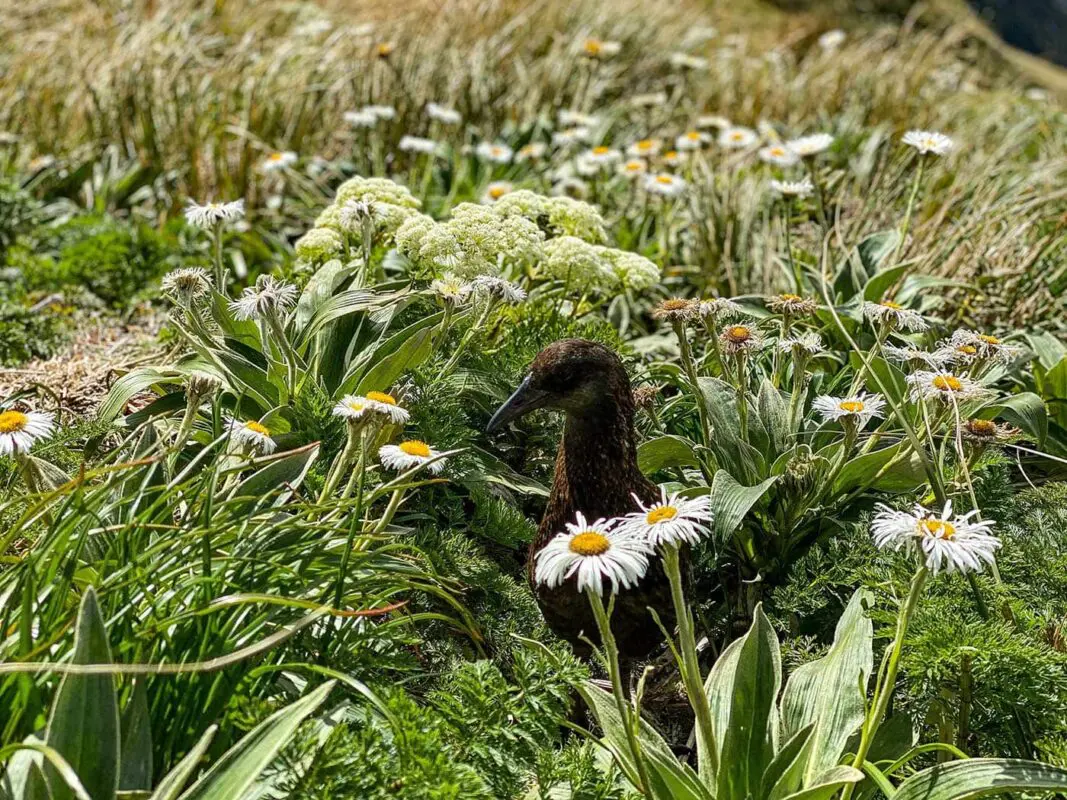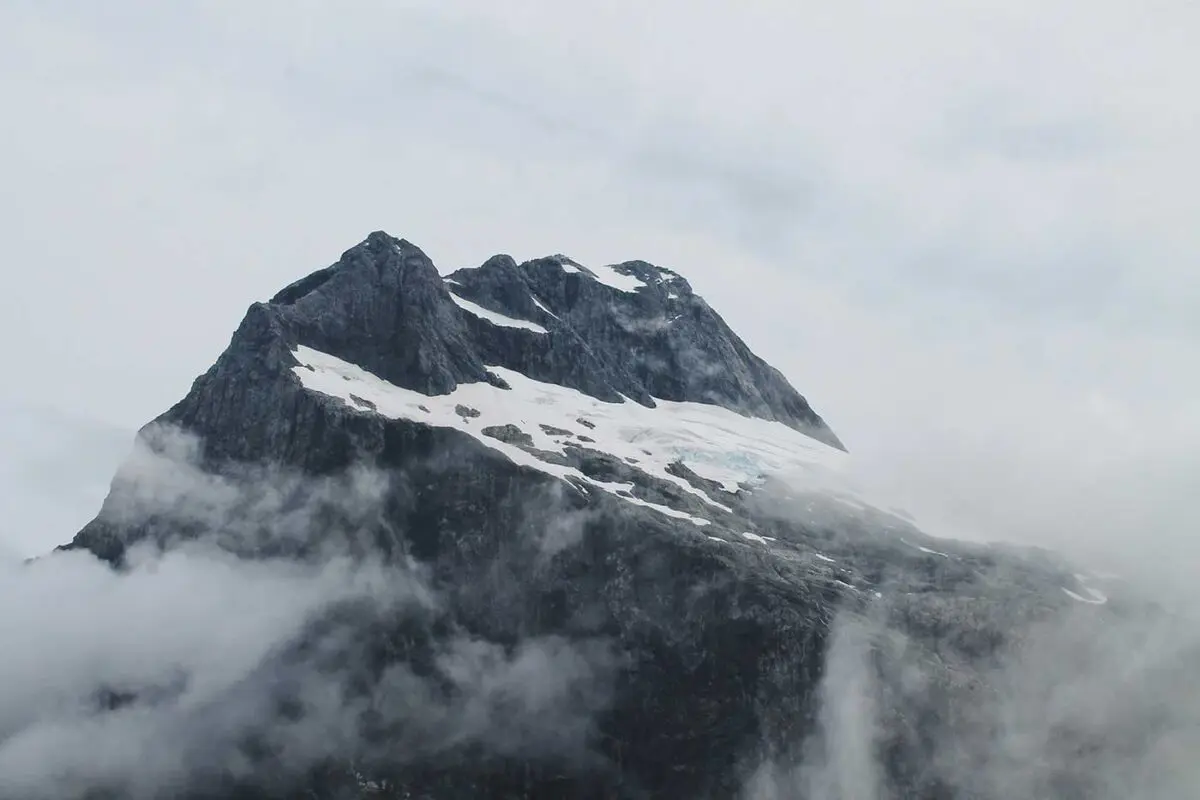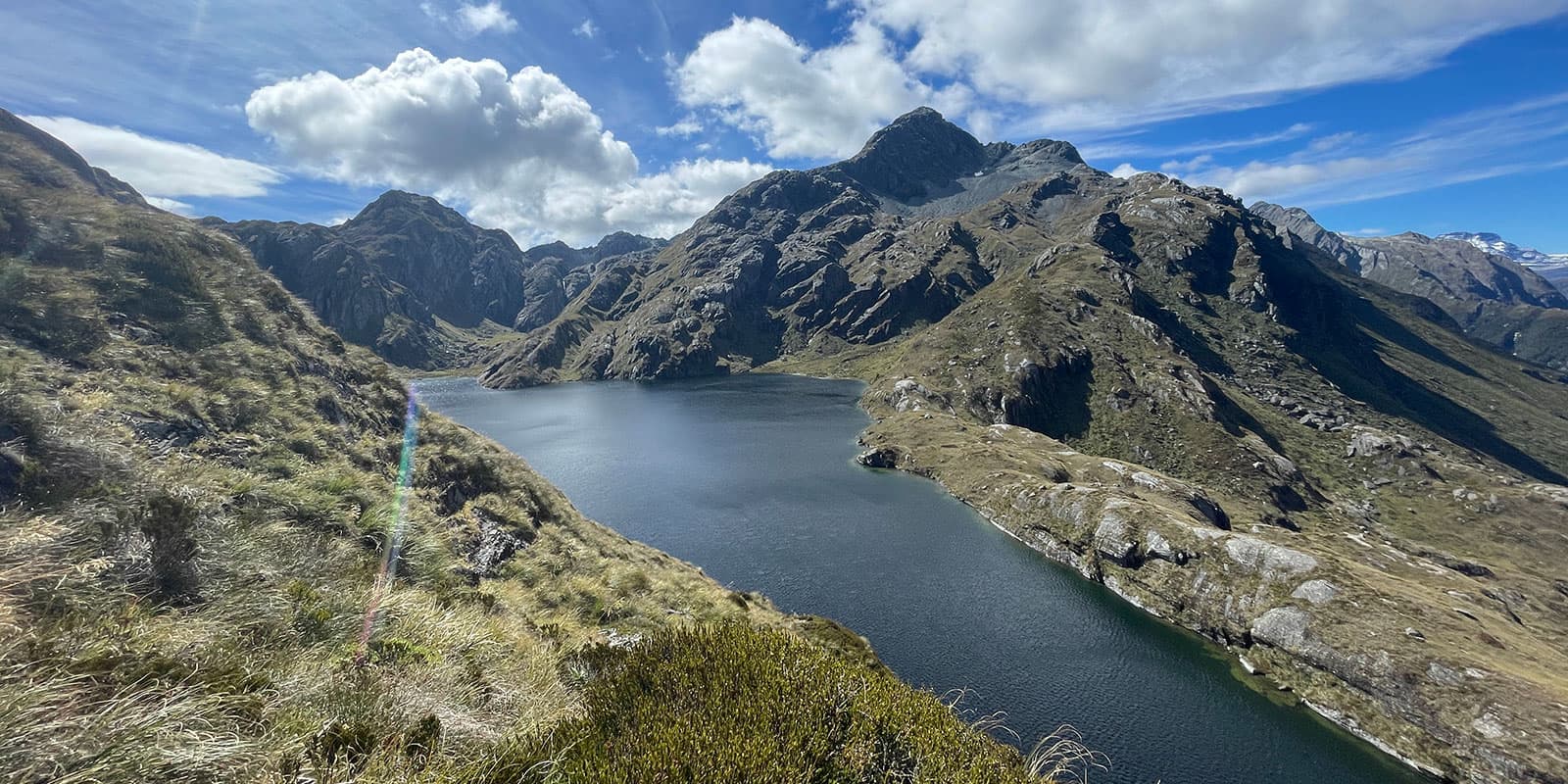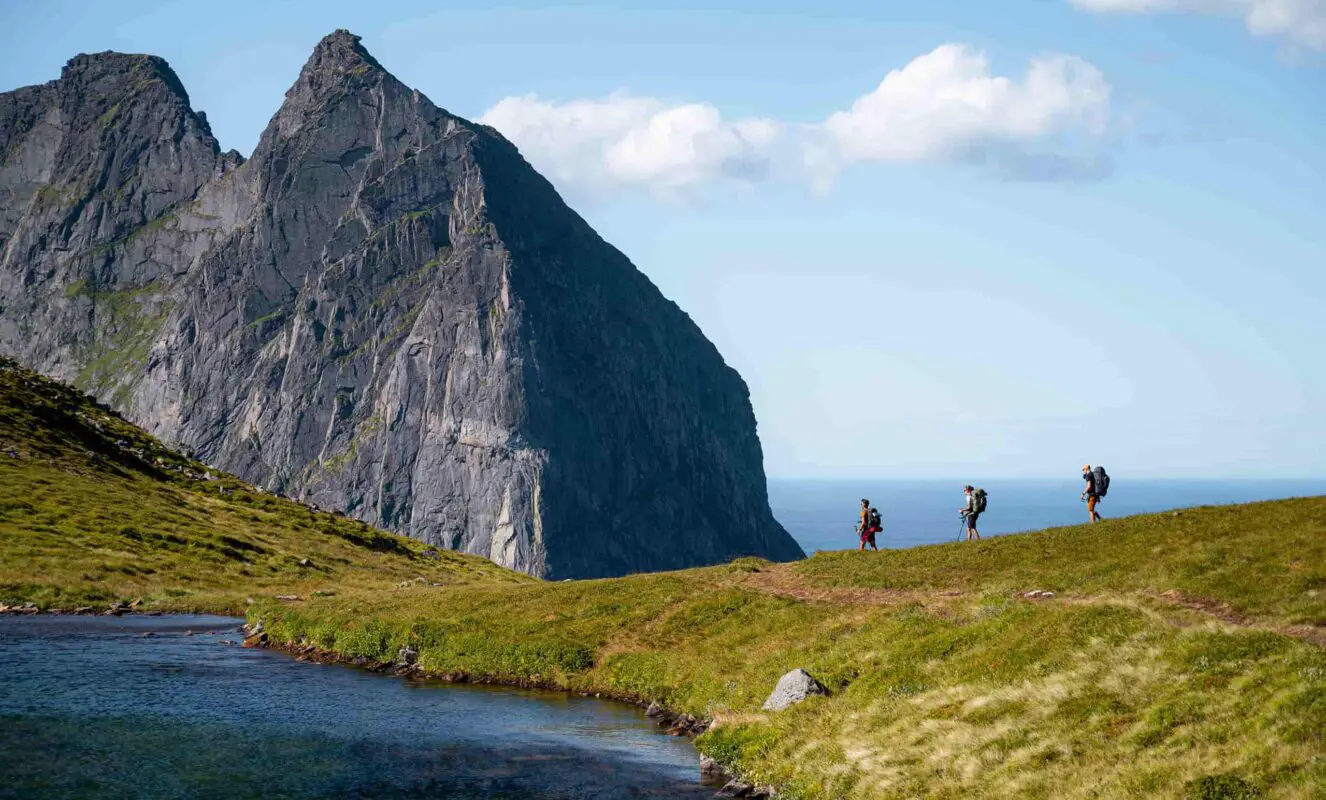For New Zealand in particular, the Department of Conservation has multiple visitor centers. Most of the time, they are located in a town close to the national parks. Not only do the visitor centers have a wide array of brochures to read about the trails in the area, but the staff also gets an accurate weather update and will help answer all the questions you have. Don’t be afraid to stop by or give them a call! In addition to this, a lot of information can be found on the Department of Conservation website, which will be linked below.
Always share your hiking plans with friends and family and provide details like starting times, expected finish times, the route you’re walking, and emergency contact information.
Especially in the mountains of New Zealand, weather can be unpredictable and change unexpectedly. Therefore, it’s important to be prepared for all weather conditions. Avoid hiking during severe weather like heavy rainfall, thunderstorms, or extreme heat. All these factors can be a risk to your safety. Other key factors for you to assess are trail difficulty, length, elevation gain, and terrain.
Make sure you carry at least two liters of water each day and make sure to know where your water sources are. Eating nutritious foods is essential for your energy levels. Make sure you bring enough snacks and include an emergency meal in case you get stuck for a day.
All huts have water tanks, but boiling or filtering water is advised. There are streams and waterfalls that can be used as resources, but again, to be safe, bring a waterfilter with you.
Carry navigational tools such as a compass or GPS device to stay oriented and avoid getting lost. A PLB —or personal locator beacon— can make a huge difference in case of an emergency. Make sure your maps or directions are accessible offline and don’t rely on just one app.
Invest in the right hiking gear, including comfortable, supportive footwear, good hiking clothes, such as warm base layers and a hardshell rain jacket, hiking poles, a well-fitted backpack, and essential equipment like maps, GPS devices (when needed), and a first-aid kit. Check out the comprehensive gear list for multi-day hikes like this.
Respect the principles of Leave No Trace by minimizing your impact on the environment. Stick to designated trails, pack out all rubbish, and respect the wildlife and their natural habitats.



